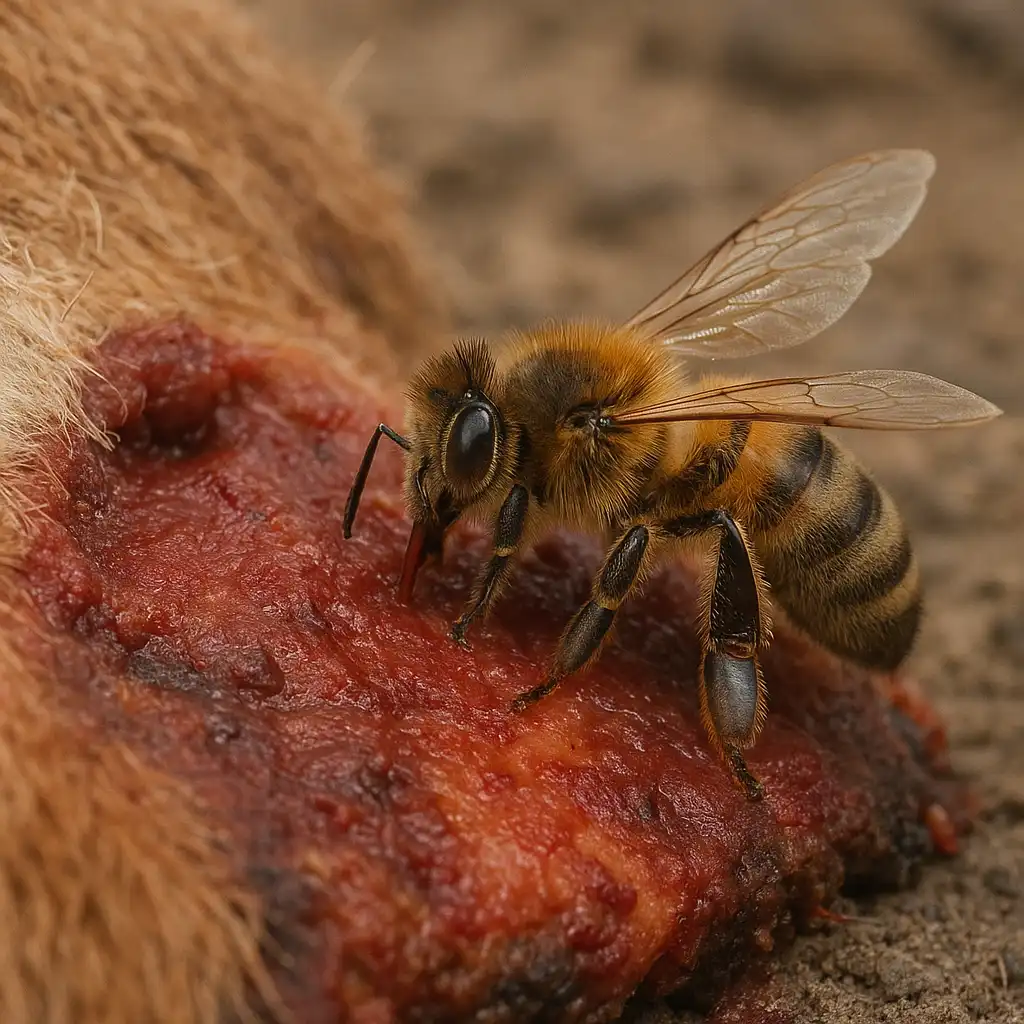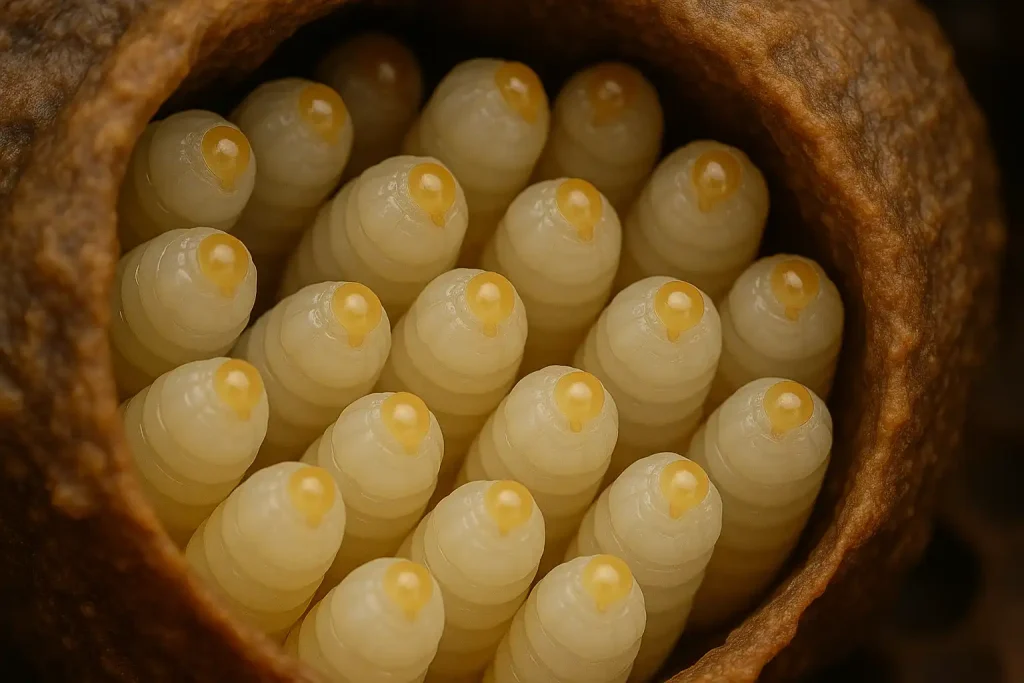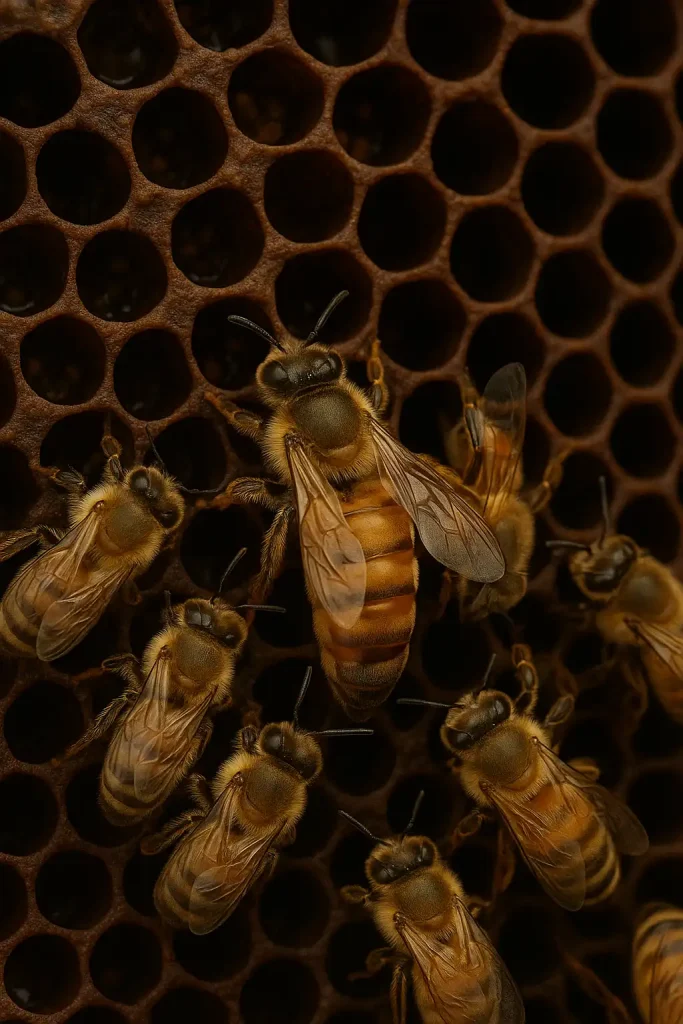Introduction
Vulture bees, a nickname for certain carrion-feeding stingless bees, are a unique group in South America. These insects, belonging to the genus Trigona, defy typical bee behavior by feeding on dead animals. They play a vital role in ecosystems through decomposition. Three species—Trigona crassipes, Trigona necrophaga, and Trigona hypogea—exhibit this trait. This article examines their traits, behaviors, and impacts. It covers physical features, feeding habits, ecology, and environmental roles. Their study reveals nature’s diversity.
These bees challenge our understanding of pollinators. Unlike most bees, they prioritize carrion over nectar. How do they adapt to this niche? What benefits do they bring? Exploring vulture bees highlights their ecological significance. Let’s begin with their physical characteristics.
Their role extends beyond scavenging. They contribute to nutrient cycling and ecosystem balance. The details are intriguing. Let’s dive into their features now.

Physical Characteristics of Vulture Bees
Vulture bees exhibit traits distinct from typical bees. They measure 5-10 millimeters in length, depending on the species. Their bodies are compact with a dark brown or black exoskeleton. Some have faint yellowish markings on their thorax. Mandibles are strong and broad, adapted for tearing flesh. Antennae are short and segmented, aiding in scent detection.
Unlike honey bees, they lack a functional stinger. Wings are small but functional, allowing short flights between food sources. Legs are equipped with bristles for collecting carrion particles. Weight averages around 0.05 grams, reflecting their small size. Vulture bees physical traits make them efficient scavengers. Their appearance suits their unique lifestyle.
These features allow survival in tropical environments. They thrive in rainforests of Brazil, Colombia, and Peru. Their design supports their carrion-feeding role. Let’s now explore how they feed in nature.
This adaptability showcases evolutionary divergence. Their traits are tailored for scavenging. These characteristics lead us to their feeding habits.

Feeding Behavior of Vulture Bees
Vulture bees feeding behavior is highly unusual for bees. They consume decaying flesh of small animals like rodents or birds. Using strong mandibles, they tear into soft tissues. They secrete enzymes to break down proteins, aiding digestion. Unlike nectar-feeding bees, they collect carrion to feed their larvae.
These bees may also gather sweat or tears for salts, a behavior seen in Trigona hypogea. They visit carcasses shortly after death, competing with flies. Some species store carrion in their nests, mixing it with saliva for preservation. Vulture bees feeding behavior supports decomposition. Their diet provides essential nutrients.
Specialized gut bacteria help them process carrion without harm. They may use pheromones to locate fresh carcasses quickly. This strategy ensures their survival. Let’s now consider the ecosystems they inhabit.
Their feeding habits are a rare adaptation. They bridge pollination and decomposition roles. These behaviors lead us to their ecological impact.

Ecology of Vulture Bees
Vulture bees ecology centers on tropical rainforests. They inhabit dense forests in South America, especially in Brazil and Peru. Nests are built in hollow trees or underground cavities. These sites form a microhabitat, hosting microbes and small insects. Soil bacteria and fungi thrive around their nests.
Symbiotic relationships enhance their role. Bacteria in their gut break down carrion, aiding digestion. Other insects, like ants, may feed on nest debris, creating a small ecosystem. Predators, such as birds, target their larvae, forming food webs. Vulture bees ecology supports biodiversity in rainforests. They influence microbial activity in soil.
Competition with other scavengers, like flies, shapes their niche. They reduce pest populations by consuming carrion early. This balance benefits forest ecosystems. Let’s now examine their broader environmental impact.
These bees are key players in decay cycles. They connect scavenging to forest health. Their presence ripples through ecosystems. These roles set the stage for their environmental effects.

Environmental Impact of Vulture Bees
Vulture bees environmental impact is significant in nutrient cycling. They break down carrion, returning nutrients to the soil rapidly. Nitrogen levels increase, supporting plant growth in rainforests. Their activity reduces the spread of disease by clearing carcasses. However, overuse of carrion could affect other scavengers.
Soil fertility improves as they deposit organic matter. Their presence may lower methane emissions from rotting carcasses. They contribute to forest health by managing decay. Vulture bees environmental impact supports ecosystem stability. Their role complements traditional pollinators.
Local biodiversity benefits from their scavenging. They create microhabitats that support microbial life. These changes influence rainforest ecosystems. Let’s now reflect on their overall significance.
Their role highlights nature’s efficiency. They connect decomposition to ecological balance. Their impacts inspire further research. These effects bring us to our final thoughts.

Leave a Reply